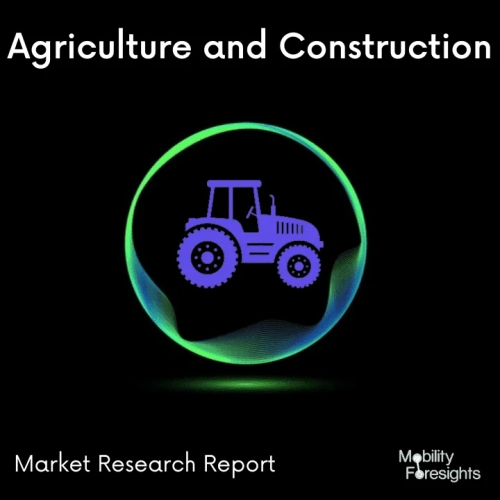
- Get in Touch with Us

Last Updated: Sep 11, 2025 | Study Period: 2022-2030
Unwound and flattened steel coils are used to create spiral-welded pipe. The flattened strip is shaped into the desired diameter of a cylinder using angled rollers. The spiral seam is sealed by an interior and external SAW.

Unwound and flattened steel coils are used to create spiral-welded pipe. The flattened strip is shaped into the desired diameter of a cylinder using angled rollers. The spiral seam is sealed by an interior and external SAW.
The global spiral welded pipe market accounted for $XX Billion in 2021 and is anticipated to reach $XX Billion by 2030, registering a CAGR of XX% from 2022 to 2030.
The market is driven by factors like rising adoption of pipeline as a major mode of transportation for fossil fuel, petroleum, water, and refined products that are used in daily life, increasing applications of spiral welded pipe in various residential and commercial purposes, and mode of transportation for transferring fuels, petroleum, chemicals, natural gas, refined products, and several other substances from one place to another.
These products are consumed in large quantities, thus demand for them is constantly rising as a result of population growth and consumer demand. Desalination facilities are becoming more numerous in Middle Eastern nations.
Future market growth is anticipated to be boosted by an increase in desalination processes in the region.The following are desalination facilities in the Middle East. However, if these pipelines are not installed correctly, fitted, and maintained on a regular basis, the chance of leaking increases.
Pipelines must be maintained at regular intervals of time; they are interconnected to supply and transfer materials to specific locations. Most of these pipelines are buried when erected. The pipelines need to be maintained, inspected, and tested after they are installed.
Additionally, there are more and more wastewater treatment facilities, and these facilities need a variety of pipes to move waste water from various polluting sources to internal units and finally to return the purified water to rivers or the water cycle.
| Sl no | Topic |
| 1 | Market Segmentation |
| 2 | Scope of the report |
| 3 | Abbreviations |
| 4 | Research Methodology |
| 5 | Executive Summary |
| 6 | Introduction |
| 7 | Insights from Industry stakeholders |
| 8 | Cost breakdown of Product by sub-components and average profit margin |
| 9 | Disruptive innovation in the Industry |
| 10 | Technology trends in the Industry |
| 11 | Consumer trends in the industry |
| 12 | Recent Production Milestones |
| 13 | Component Manufacturing in US, EU and China |
| 14 | COVID-19 impact on overall market |
| 15 | COVID-19 impact on Production of components |
| 16 | COVID-19 impact on Point of sale |
| 17 | Market Segmentation, Dynamics and Forecast by Geography, 2022-2030 |
| 18 | Market Segmentation, Dynamics and Forecast by Product Type, 2022-2030 |
| 19 | Market Segmentation, Dynamics and Forecast by Application, 2022-2030 |
| 20 | Market Segmentation, Dynamics and Forecast by End use, 2022-2030 |
| 21 | Product installation rate by OEM, 2022 |
| 22 | Incline/Decline in Average B-2-B selling price in past 5 years |
| 23 | Competition from substitute products |
| 24 | Gross margin and average profitability of suppliers |
| 25 | New product development in past 12 months |
| 26 | M&A in past 12 months |
| 27 | Growth strategy of leading players |
| 28 | Market share of vendors, 2022 |
| 29 | Company Profiles |
| 30 | Unmet needs and opportunity for new suppliers |
| 31 | Conclusion |
| 32 | Appendix |